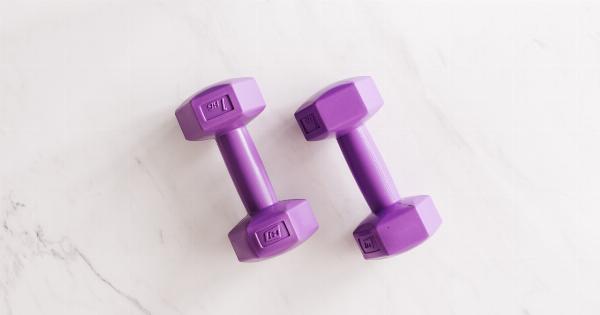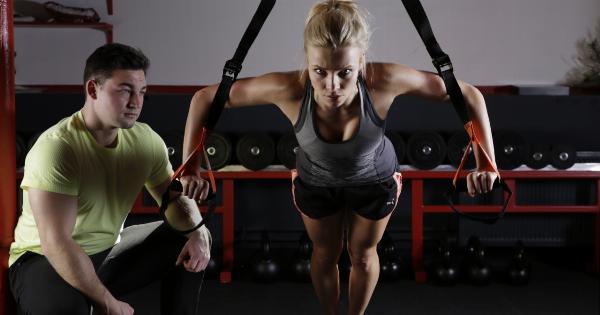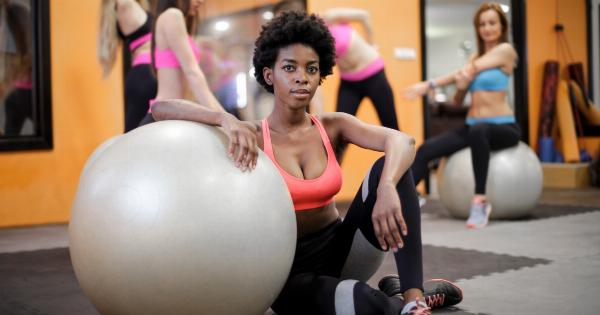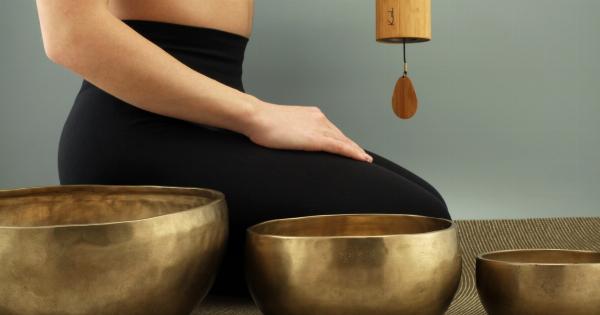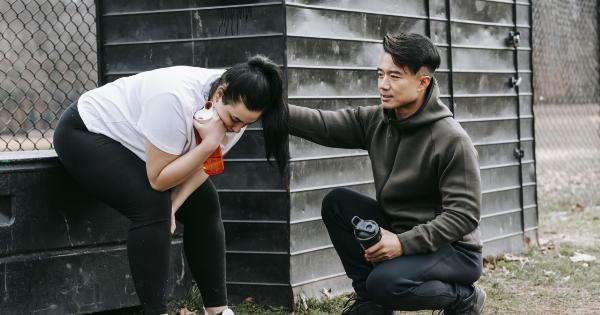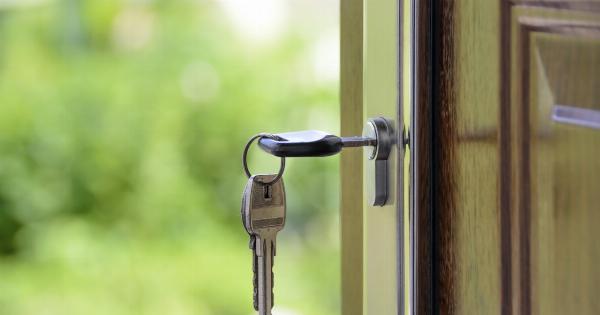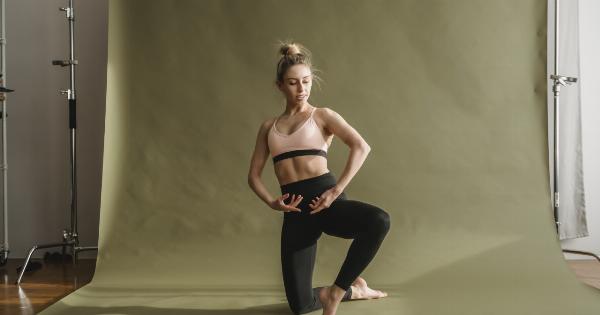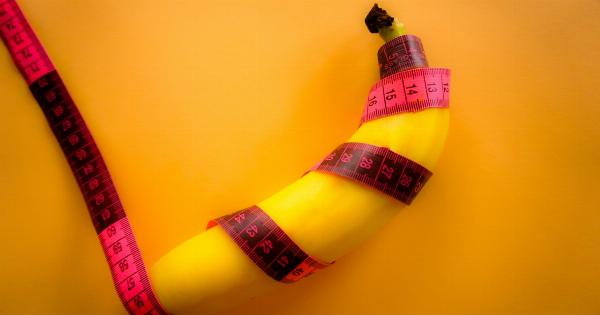Bladder control issues can be incredibly frustrating and challenging to manage. However, there are several exercises that you can do to help manage your symptoms and improve your overall bladder function.
From kegels to stretches and strengthening exercises, in this article, we’ll cover ten effective exercises for managing bladder control issues.
Kegels Exercise
Kegels are one of the most effective exercises for managing bladder control issues. They target the pelvic floor muscles, which are responsible for urinary and bowel control.
To do a kegel, simply squeeze the muscles that you would use to stop urinating mid-stream. Hold this squeeze for three to five seconds, then release. Repeat ten times, three times per day. Gradually increase the hold time as your muscles become stronger.
Pelvic Stretches
The pelvic muscles stretch exercise is designed to increase the flexibility of the pelvic floor muscles, which can help relieve bladder control issues. Start by lying on your back with your knees bent and your feet flat on the floor.
Slowly and gently pull your knees towards your chest, holding for 15-30 seconds. Repeat three-five times daily.
Squats
Squats not only tone your lower body but also aid better bladder control. To do a squat, stand with your feet shoulder-width apart, lower your body until your thighs are parallel with the ground, then stand back up. Repeat this exercise ten times daily.
Bridge Exercise
The bridge pose exercise strengthens the pelvic floor muscles, glutes, and low back muscles. Begin by lying flat on your back, knees bent, feet flat on the ground. Lift your pelvis upwards until it is in a straight line with your knees.
Hold for five seconds, then lower your pelvis. Do this exercise ten times daily.
Meditation and Breathing Exercises
Stress and anxiety can contribute to bladder control issues. Simple mediation techniques and deep breathing exercises can be beneficial in reducing stress and promoting relaxation.
Sit comfortably with your back straight and practice deep breathing exercises for 10-15 minutes daily.
Lateral Walks
Another effective exercise for bladder control issues is lateral walks. To do this exercise, stand with your feet hip-width apart and take a step with your right foot to the right.
Next, step your left foot towards your right foot and continue this motion for 10-12 steps, then return to your starting position. Repeat this exercise daily.
Flutter Kicks
Flutter kicks are a fantastic exercise for toning your lower abs and pelvic floor muscles. Lie flat on your back, hands by your sides. Slowly raise your legs off the ground and start kicking in a fluttering motion for 30 seconds.
Rest for 10 seconds, then repeat for three to four sets. Doing this exercise daily can significantly improve bladder control issues.
Plank Exercise
The plank exercise is great for strengthening your entire body, including the pelvic floor muscles. Begin by lying flat on your stomach, then lift your body off the ground with your forearms and toes. Hold this position for 30 seconds, then release.
Repeat ten times daily.
Superman Exercise
The superman exercise strengthens your lower back muscles, which can help support and control your bladder. Lie flat on your stomach, arms extended in front of you. Slowly and gently lift your legs, arms, and chest off the ground.
Hold for five seconds, then release. Repeat ten times daily.
Sumo Squats
Sumo squats are similar to regular squats but with a wider stance, which requires more activation from your inner thighs and pelvic floor muscles. Start with your feet shoulder-width apart and your toes turned outwards.
Lower your body until your thighs are parallel to the ground, then raise up. Repeat this exercise ten times daily.
Conclusion
Bladder control issues can be frustrating and challenging to manage, but by regularly doing these exercises, you can significantly improve your symptoms and overall bladder function.
Whether it’s kegels, stretches, or full-body exercises, incorporating these exercises into your daily routine can help you feel more comfortable in everyday life.


